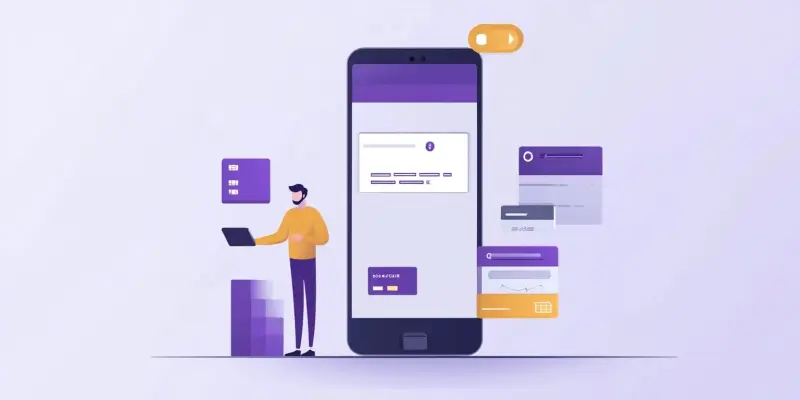Digital payments have become the dominant method for retail transactions in Pakistan, with 88% of the transactions now conducted through digital channels such as mobile banking apps, BB wallets, and e-money wallets. The State Bank of Pakistan (SBP) reported a significant rise in digital payments, with 1,450 million transactions amounting to Rs. 24 trillion, indicating a 12% increase in volume and a 28% rise in value.
The number of users of digital channels continues to grow, with mobile banking app users reaching 21 million, e-money users at 4.7 million, and BB wallet users rising to 64.3 million. Internet banking users increased to 13.3 million. E-commerce transactions also saw notable growth, with a 30% increase in volume to 152 million, amounting to Rs. 193 billion. Remarkably, 92% of these e-commerce transactions were conducted through digital wallets or accounts.
In addition, in-store purchases via POS-enabled merchants totaled Rs. 510 billion. SBP’s payment systems, Raast and RTGS, have been instrumental, with Raast executing 296 million transactions worth Rs. 6.4 trillion. RTGS handled large-value transactions totaling Rs. 330 trillion, demonstrating a 19% increase in value.
Overall, retail transactions grew by 11% in volume to 2,143 million, with their value increasing by 12% to Rs. 154 trillion. The main drivers of this growth include mobile banking payments, internet banking transfers, and over-the-counter banking transactions.
Pakistan’s shift to a digital economy is largely influenced by SBP’s strategic initiatives, along with the efforts of banks, fintech firms, and payment service providers. The SBP remains steadfast in promoting financial inclusion and boosting payment efficiency, reflecting the significant growth and improvements in the digital payment sector. The ongoing transition is evident in the Quarterly Payment Systems Review Q2-FY25, showcasing the evolving financial landscape in Pakistan.

